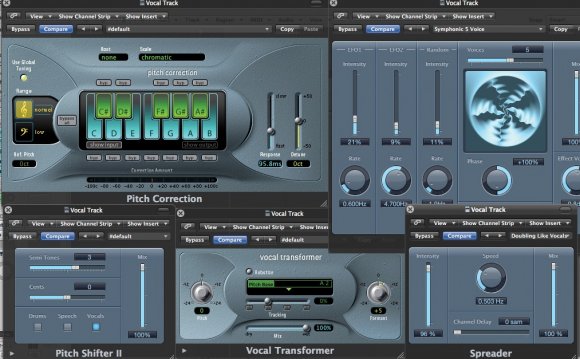
 You don’t must be a professional sound engineer to capture narration. But you do wish pay attention to just what you’re doing and perform some best job possible. A week ago, we looked over some fundamental suggestions to capture top-quality sound. Those guidelines leaned more about the technology. Today we’ll look at your skill to get the most useful narration. I also included some suggestions from last week’s
You don’t must be a professional sound engineer to capture narration. But you do wish pay attention to just what you’re doing and perform some best job possible. A week ago, we looked over some fundamental suggestions to capture top-quality sound. Those guidelines leaned more about the technology. Today we’ll look at your skill to get the most useful narration. I also included some suggestions from last week’s
1. Spot your microphone when you look at the correct place.
If you place the microphone too near, you get that altered clipping sound; and when you've got it too much through the narrator, you select up much more ambient noise using audio becoming less discernible.
By setting the microphone 6 to 12 inches from the narrator you’ll get a crisp obvious sound. In addition, ensure that the microphone’s perhaps not right beside the computer therefore it doesn’t grab the lover noise. additionally suggested keepin constantly your mic cord from your power cord.
2. Record a demonstration to be sure everything sounds right.
Many years ago I was videotaping our executives. While he was rambling on we realized that the mic ended up being turned-off. After he had been completed, we informed that it seemed great and today we’d get it done for real. He wasn’t also delighted.
Record a quick demonstration to make certain that everything is working as it should. In addition, i suggest closing down other applications that are not required at that moment. I’ve already been achieving this things for a long time and it also never fails that after you work with multimedia you add a-strain on the computer’s sources that could affect your recording session.
3. Listen to the sound playback with earphones.
Headphones help isolate the audio and you’ll be able to hear any problems with the narration a lot better than in the event that you listen with speakers. This is especially valid if you’re using a laptop because their speakers are subpar and style of tinny.
4. Don’t get sidetracked with animated graphics and annotations.
 If you’re tracking your sound with the fast elearning computer software it’s likely that that you’re in addition syncing animated graphics and annotations with it. I have a tendency to get sidetracked wanting to time the animated graphics with all the narration and it is apparent within my narration.
If you’re tracking your sound with the fast elearning computer software it’s likely that that you’re in addition syncing animated graphics and annotations with it. I have a tendency to get sidetracked wanting to time the animated graphics with all the narration and it is apparent within my narration.
It's my job to record the narration first, after which go back and sync the animations. This helps me personally consider taking the best narration possible without being sidetracked wanting to time the animated graphics.
5. Make sure your script is conversational and easy to read.
Practise reading it once or twice to make sure it moves right. Choose words or expressions where you might stumble while recording.
In terms of the script, some individuals read from the computer screen. I like printing-out the script. If you do too, don’t squeeze everything into a super taut part with an 8 point font. Keep enough white area therefore it’s effortless on the eyes. In addition, make sure that the room is well-lit so your script could easily be look over.
In the comments area, Dana Thomas makes a good point about . That’s a major consideration, as you wish to be comfortable while reading.
6. Remain true while recording.
You’ll feel much more energized and be able to inhale much better. Should you remain, don’t slouch. Sit-up right and maintain your chin away. Don’t allow it drop towards upper body.
7. Don’t ad-lib.
Follow the script and don’t ad-lib. Odds are that you’ll want to do multiple provides. In the event that you ad-lib, you’ll seldom have the same break points for modifying. Staying with the script enables you to follow combined with the sound and discover a standard edit point on re-takes.









